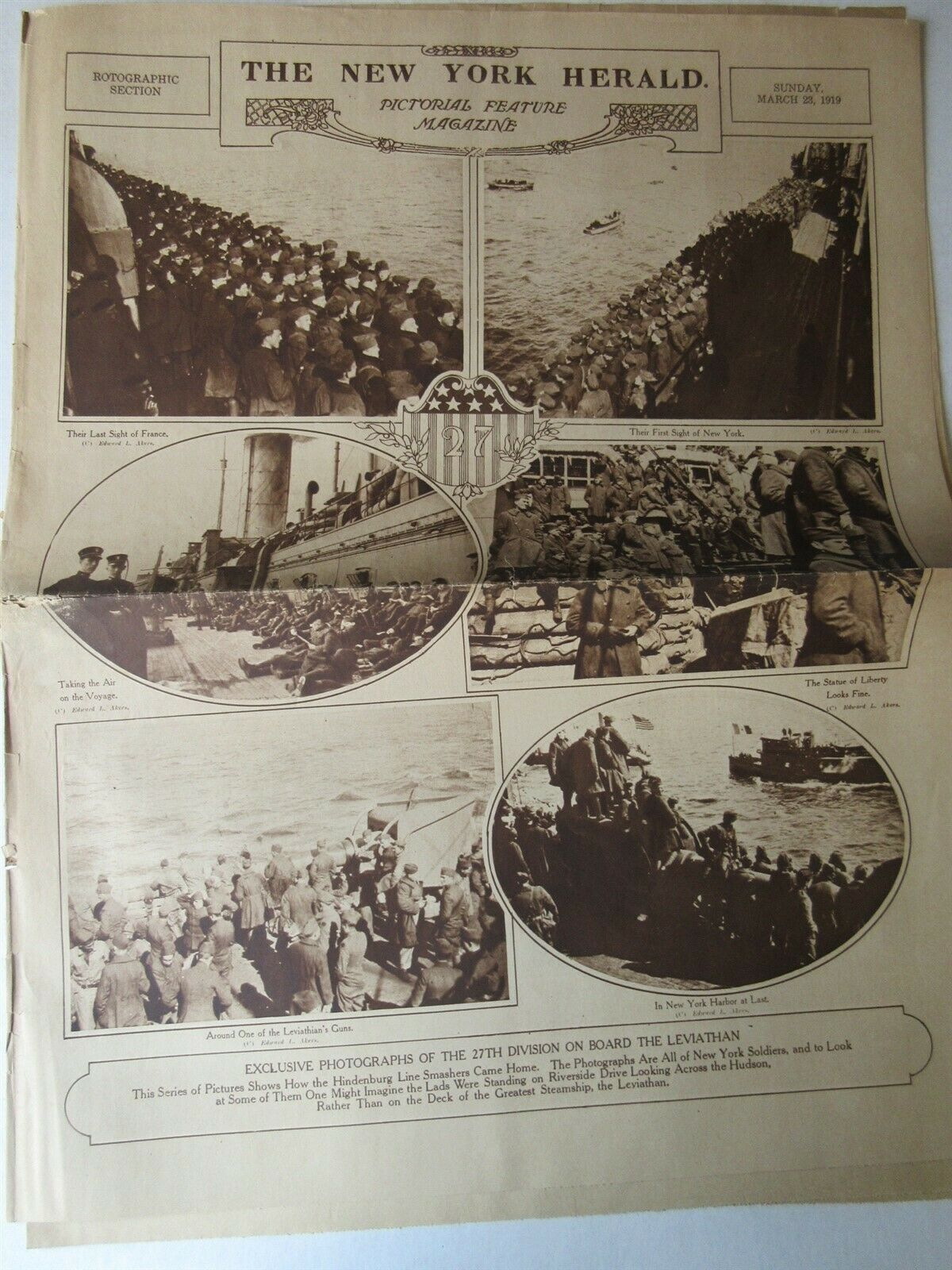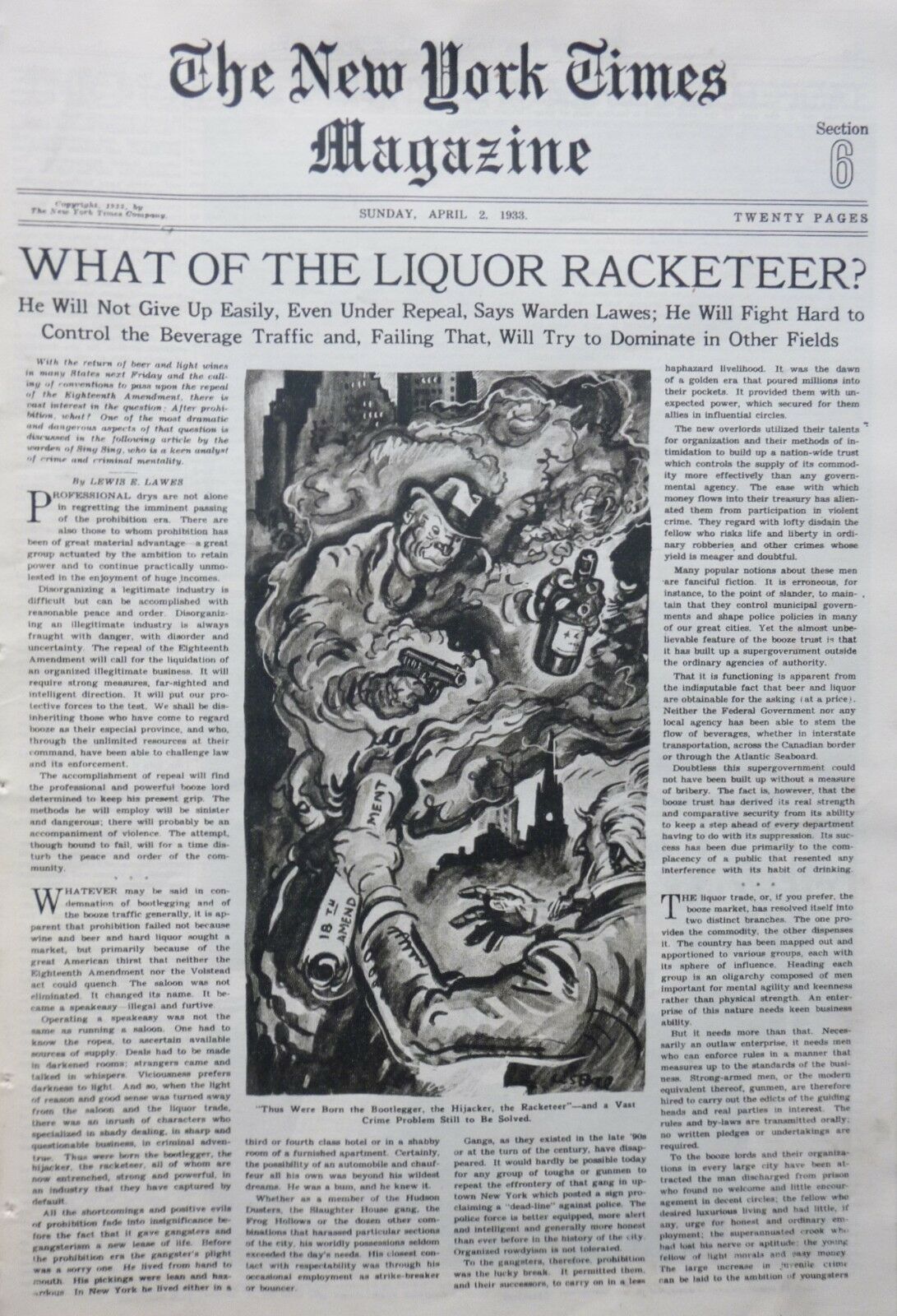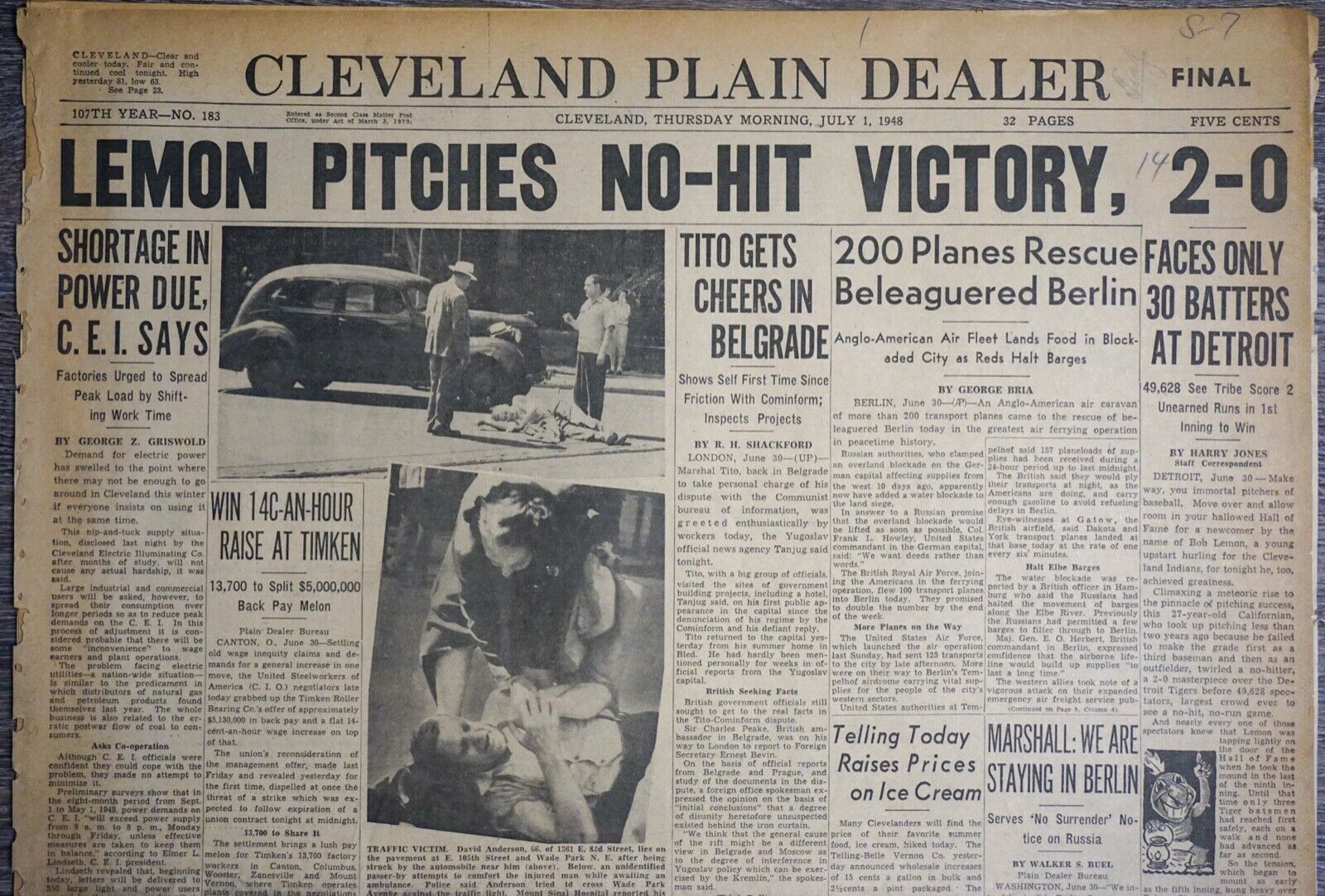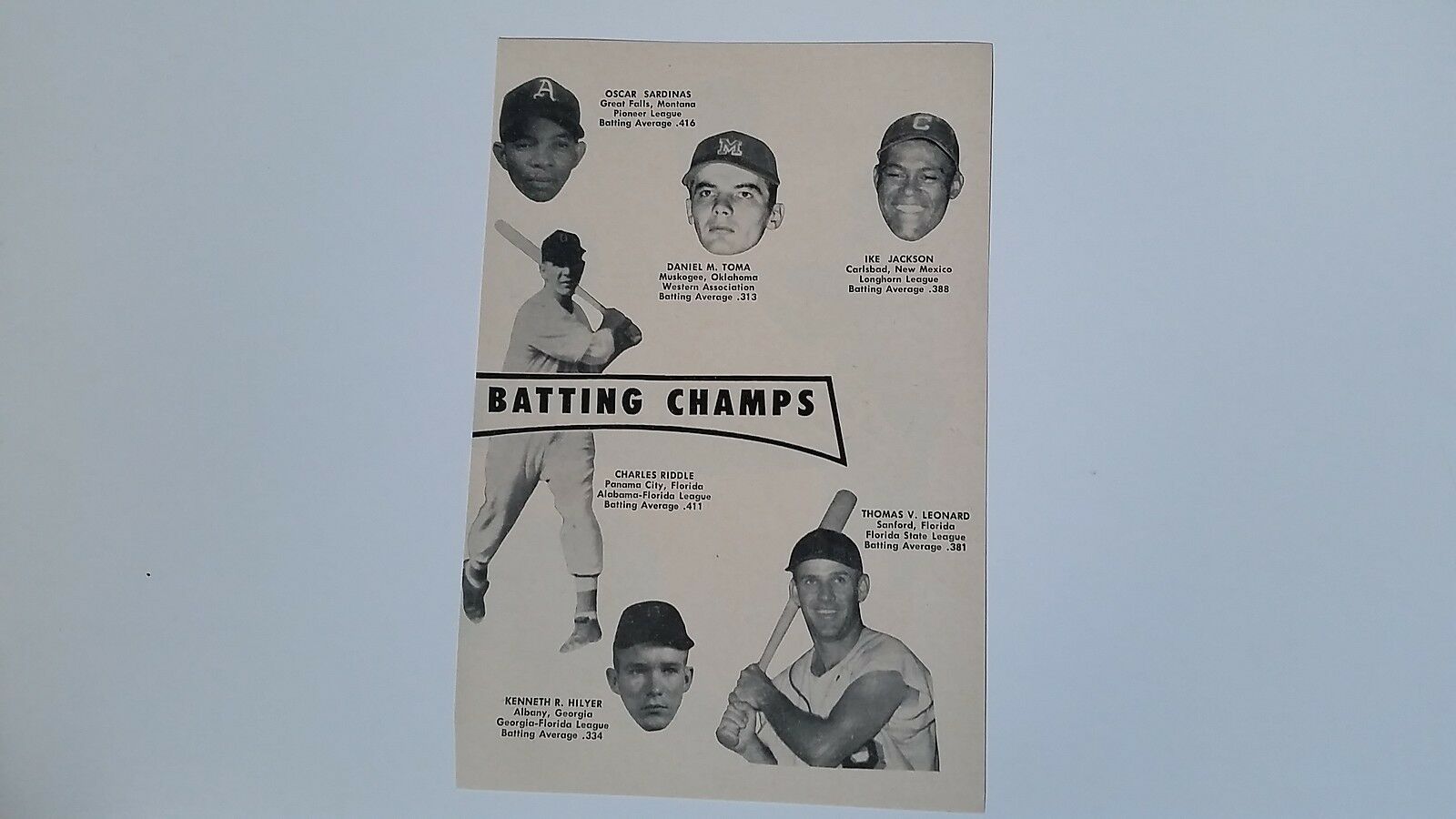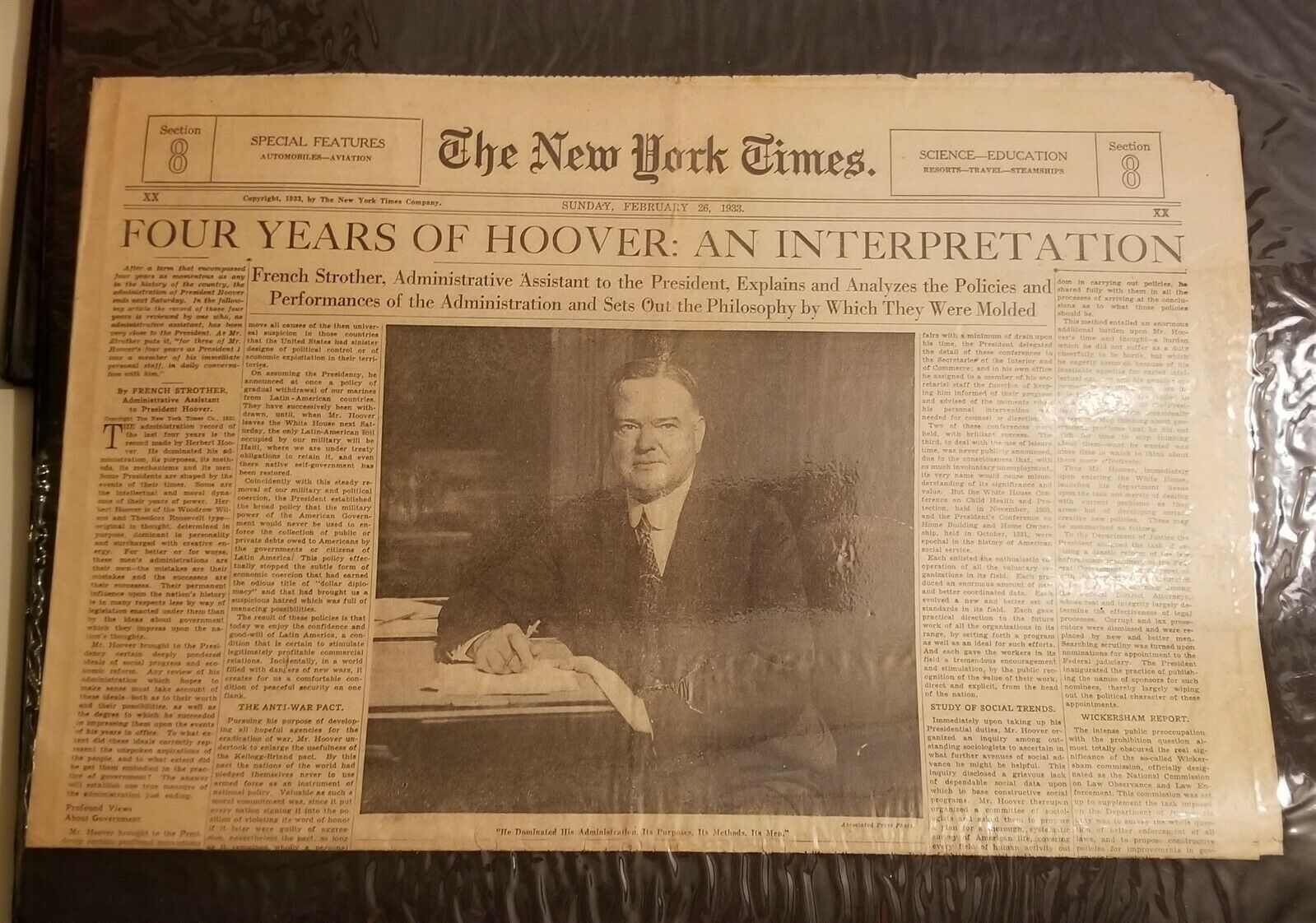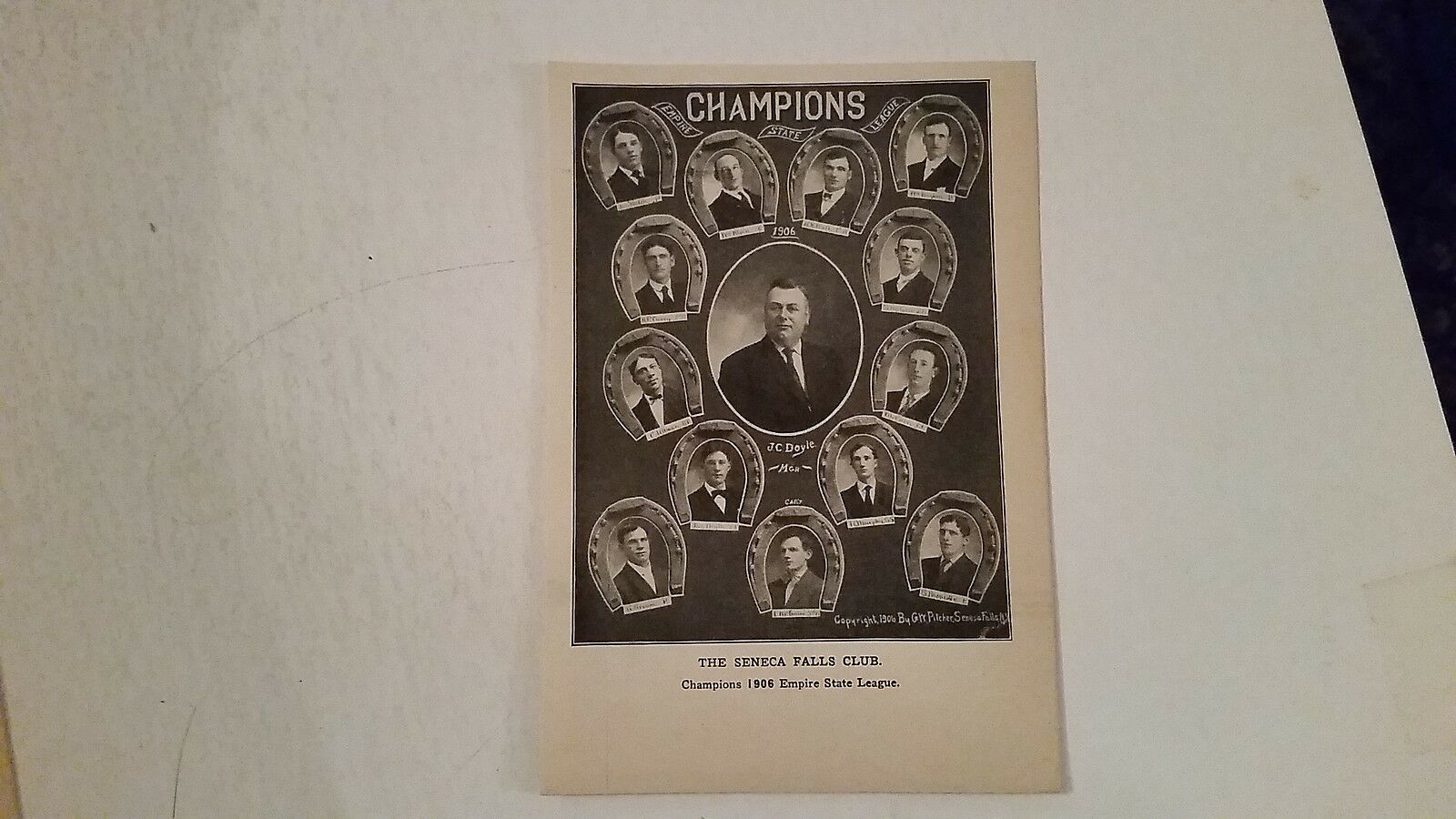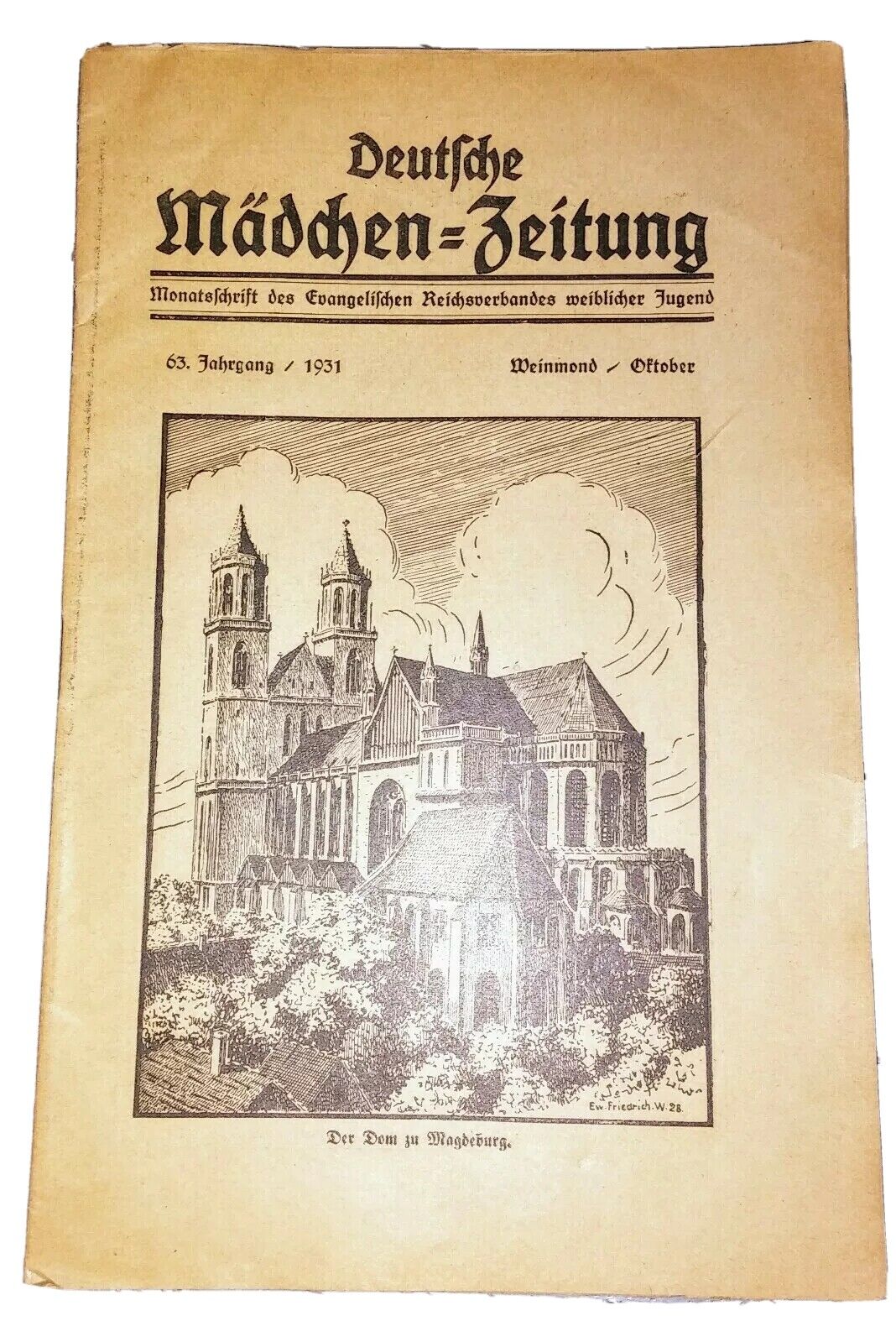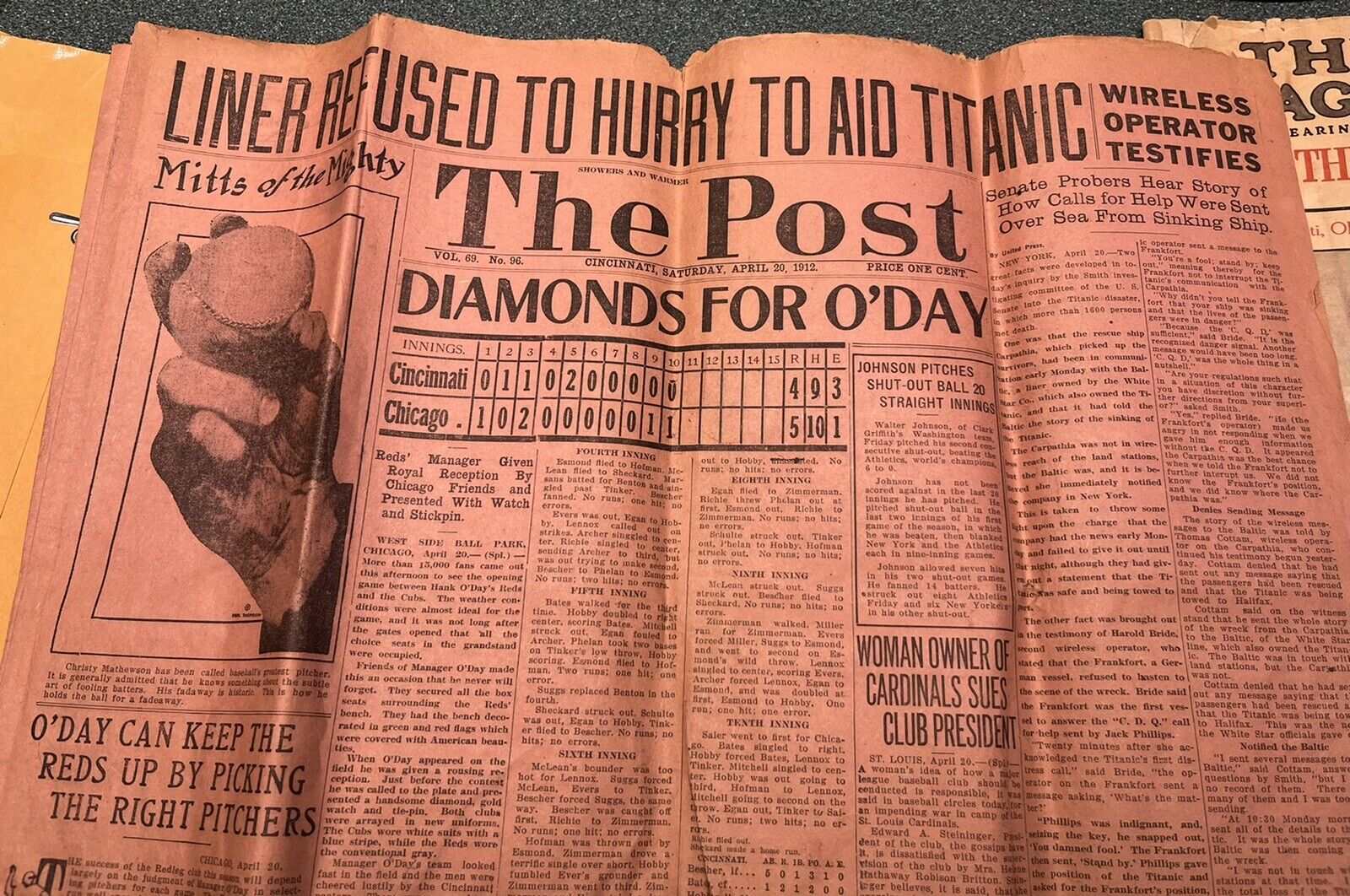-40%
1916 newspaper w poster-like display History oTHE NEW YORK YANKEES baseball team
$ 26.4
- Description
- Size Guide
Description
1916 newspaper w poster-like display History oTHE NEW YORK YANKEES baseball team1916 newspaper with a poster-like illustrated display of photos and text - History of THE NEW YORK YANKEES baseball team
- inv # 7U-228
Please visit our
EBAY STORE
for THOUSANDS MORE HISTORICAL NEWSPAPERS for SALE or at auction
SEE PHOTO(s) - An ORIGINAL NEWSPAPER, the
NY Sun
dated Aug 20, 1916. This Sunday newspaper contains an inside page poster-like display of baseball players photos, long detailed descriptive text, and details of the HISTORY of the NEW YORK YANKEES baseball team
from the first years of its franchise, 1903-1915
.
GREAT DISPLAY ITEM for a fan of the early NEW YORK YANKEES baseball team !
The history of the New York Yankees Major League Baseball (MLB) team spans more than a century. Frank J. Farrell and William Stephen Devery bought the rights to an American League (AL) club in New York City after the 1902 season. The team, which became known as the Yankees in 1913, rarely contended for the AL championship before the acquisition of outfielder Babe Ruth after the 1919 season. With Ruth in the lineup, the Yankees won their first AL title in 1921, followed by their first World Series championship in 1923. Ruth and first baseman Lou Gehrig were part of the team's Murderers' Row lineup, which led the Yankees to a then-AL record 110 wins and a Series championship in 1927 under Miller Huggins. They repeated as World Series winners in 1928, and their next title came under manager Joe McCarthy in 1932.
The ballpark for the New York team was constructed between 165th and 168th Streets, on Broadway in Manhattan. Formally known as American League Park, it was nicknamed Hilltop Park because of its relatively high elevation. The team did not have an official nickname; it was often called the New York Americans in reference to the AL. Another common nickname for the club was the Highlanders, a play on the last name of the team's president, Joe Gordon, and the British military unit, the Gordon Highlanders. The team acquired players such as outfielder Willie Keeler and pitcher Jack Chesbro. The player-manager was Clark Griffith, obtained from the Chicago White Sox. On April 22, 1903, the Highlanders began their season with a 3–1 loss to the Washington Senators; eight days later, they won their first game in Hilltop Park, defeating the Senators 6–2. New York fell out of contention for the AL pennant in May, falling to seventh place after playing games away from Hilltop Park for a 24-day period while construction on the stadium concluded. With a final record of 72–62 after wins in 19 of 29 games played in September, New York finished in fourth.
Chesbro won 41 games in New York's 1904 season, still an AL record.[17] New York contended for the AL pennant with the Boston Americans (later nicknamed the Red Sox); Johnson aided New York by helping the team acquire multiple players in trades, including Boston's Patsy Dougherty. Boston and New York faced each other in a season-ending five-game series that decided the pennant winner, and was played from October 7–10. Boston won two of the first three games, which meant that New York needed to win the two contests scheduled on October 10 to win the AL title. With the score of the first game tied 2–2 in the ninth inning, Chesbro threw a wild pitch that allowed a runner on third base to score, giving Boston a 3–2 victory that clinched the AL pennant; New York won the now-meaningless second game.
New York's performance declined in 1905, as numerous pitchers dealt with arm injuries and conditioning issues. After losing 18 of 25 games in May, the Highlanders ended the season in sixth.[19] In its 1906 season, New York again contended for the AL championship. With 13 games left, the team held a one-game lead over the White Sox, but finished in second place three games behind Chicago. According to Appel, "What would follow would be a string of mediocre to bad seasons and not a very good attraction for baseball-crazed New York fans." New York recorded a fifth-place finish in 1907, with 70 wins, 22 fewer than the league champion Detroit Tigers. The 1908 and 1909 teams finished last and fifth, respectively, and there were multiple managerial changes in the period.
New York had a second-place finish in 1910, but did not seriously contend for the pennant. Manager George Stallings and first baseman Hal Chase, the team captain, clashed towards the end of the season; facing opposition from Ban Johnson, who wanted him to resign as manager, Stallings left the position. Chase managed New York's last 14 games. The following season, New York had a sixth-place finish. Early in the season, New York allowed the Giants to play in Hilltop Park after the Giants' stadium, the Polo Grounds, burned down; the arrangement lasted until June 28, when the rebuilt Polo Grounds opened. Chase resigned as manager before New York's 1912 season; Harry Wolverton accepted the position. That year, New York had a last-place finish with a record of 50–102, the winning percentage of .329 the lowest-ever for the club.
After their first couple of seasons in New York City, team ownership infrequently invested in new players. The ownership group of Farrell and Devery spent their money on personal pursuits such as gambling, leaving them with little to put into the team. New York's star player, Chase, consorted frequently with gamblers. Author Jim Reisler dubbed him "the most crooked player to ever play the game" because of reports that he took part in game fixing. The club also had difficulty drawing fans to Hilltop Park. Appel wrote that "maybe the best thing you could say about the ballpark was that it never burned down." By the end of the 1912 season, Farrell was searching for a site to build a new stadium on.
Very good condition. This listing includes the original newspaper, NOT just a clipping or a page of it. STEPHEN A. GOLDMAN HISTORICAL NEWSPAPERS stands behind all of the items that we sell with a no questions asked, money back guarantee. Every item we sell is an original newspaper printed on the date indicated at the beginning of its description. U.S. buyers pay priority mail postage which includes waterproof plastic and a heavy cardboard flat to protect the purchased item from damage in the mail. Upon request by the buyer, we can ship by USPS Media Mail to reduce postage cost; however, please be aware that USPS Media Mail can be very slow in its time of transit to the buyer. International postage is quoted when we are informed as to where the package is to be sent. We do combine postage (to reduce postage costs) for multiple purchases sent in the same package.
We list thousands of rare newspapers with dates from 1570 through 2004 on Ebay each week. This is truly SIX CENTURIES OF HISTORY that YOU CAN OWN!
Stephen A. Goldman Historical Newspapers has been in the business of buying and selling historical newspapers for over 50 years. Dr. Goldman is a consultant to the Freedom Forum Newseum and a member of the American Antiquarian Society. You can buy with confidence from us, knowing that we stand behind all of our historical items with a 100% money back guarantee. Let our 50+ years of experience work for YOU ! We have hundreds of thousands of historical newspapers (and their very early precursors) for sale.
Stephen A. Goldman Historical Newspapers
has been in the business of buying and selling historical newspapers for over 50 years. We are located in the charming Maryland Eastern Shore town of OXFORD, Maryland.
Dr. Goldman is a consultant to the Freedom Forum Newseum and a member of the American Antiquarian Society. You can buy with confidence from us, knowing that we stand behind all of our historical items with a 100% money back guarantee. Let our 50+ years of experience work for YOU ! We have hundreds of thousands of historical newspapers (and their very early precursors) for sale.
We invite customer requests for historical newspapers that are not yet located in our extensive Ebay listing of items. With an inventory of nearly a million historical newspapers (and their early precursors) we are likely have just the one
YOU
are searching for.
WE ARE ALSO ACTIVE BUYERS OF HISTORICAL NEWSPAPERS, including large and small personal collections, bound volumes, significant individual issues, or deaccessions from libraries and historical societies. IF YOU WANT TO SELL, WE WANT TO BUY !!!
Powered by SixBit's eCommerce Solution




